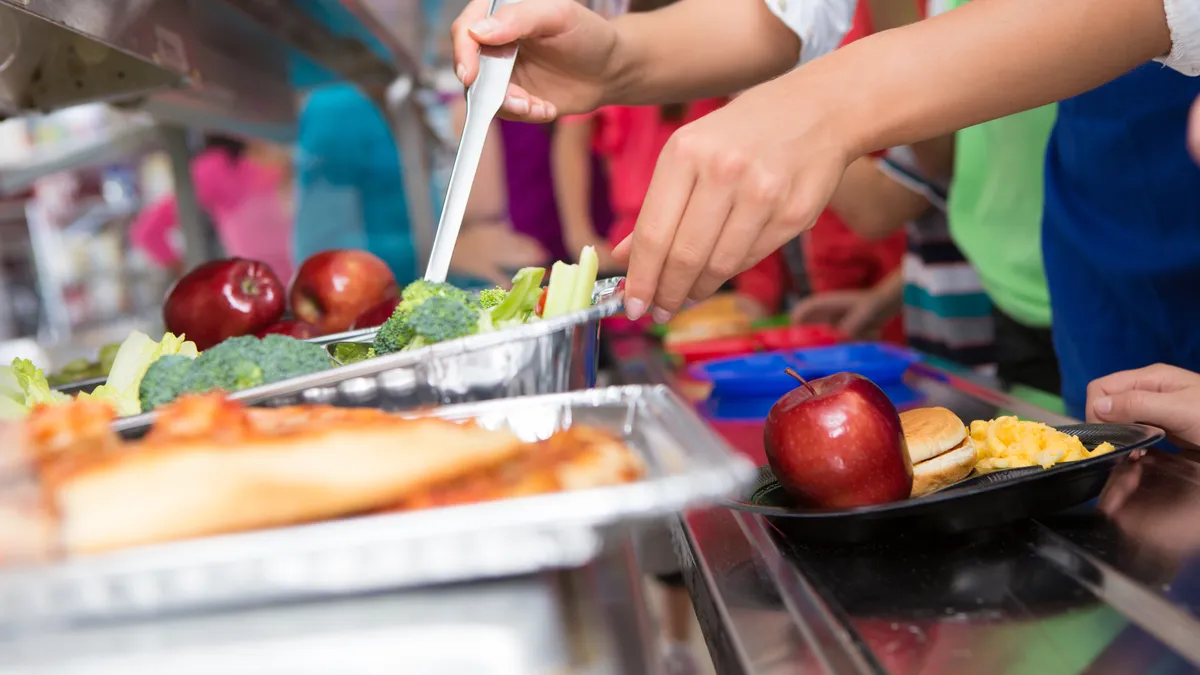Dive Brief:
-
Hands-on learning, cooking demonstrations and even science experiments can illustrate for students the importance of making and preparing healthy food choices, the role food plays as fuel, and how to develop healthy habits around the food they eat.
-
It’s crucial teachers approach nutrition education through a positive lens and never negatively, says Jessica Matheson, the 2022 Society of Health and Physical Educators America National Health Education Teacher of the Year.
-
“The focus of nutrition education should be on how food provides us with energy, therefore it’s important to eat enough, and it should also be enjoyable,” said Matheson, who teaches at Rockford High School in Minnesota.
Dive Insight:
Courses like home economics may no longer play a significant role during the school day, but experts believe nutrition education deserves a spot in K-12 curricula. As educators develop lesson plans around nutrition, they must also be mindful to develop a curriculum that doesn’t stigmatize certain kinds of food or discuss diet culture.
“Nutrition education should be part of a K-12 curriculum, but the way in which it is taught must be mindful in the approach as to not focus on weight management or to categorize food as ‘good’ or ‘bad,’ which can leave students with a feeling of fear or confusion,” Matheson said.
The good news is that nutrition education and healthy approaches can make their way into nearly any subject.
In health classes, educators can focus on the care and respect students should give to all body types, shapes, sizes and abilities. Physical education classes can emphasize how food is the fuel to help power students when they’re physically active. Science classes can dive into food safety and foodborne illness while also exploring cellular responses to hunger and appetite.
Students can even think of their lunch period as a learning moment.
“The school cafeteria is a classroom, too,” said Diane Pratt-Heavner, director of media relations for the School Nutrition Association. She notes that fresh fruit and vegetables are offered through programs including Harvest of the Month and the National Farm to School Network, where students can try something they may never have eaten at home.
Where kitchens are available or the school’s kitchen can be used, students can also learn how to prepare healthy meals in their classes. In Santa Barbara, California, the Foodbank of Santa Barbara County is launching a mobile cooking cart that will prepare meals and teach children how to prepare healthy meals and snacks, according to News Channel 3-12.
That approach dovetails with the focus Matheson said must be woven into any discussion of food and nutrition between educators and students.
“Nutrition education must be taught in a positive way that embraces mindful eating rather than in an unhealthy way that may leave students in fear of what they are eating or are not eating,” Matheson said.






 Dive Awards
Dive Awards



